Festival Theatre
Ilan Bachrach on Mass Live Arts
Ilan Bachrach, a veteran of New York’s downtown theatre scene, is the founder and Artistic Director of Mass Live Arts (MLA), a festival of contemporary and experimental performance in Great Barrington, Massachusetts, operating since 2013. Bachrach, who was raised in Boston and is currently based in Great Barrington and Brooklyn, is a company member of Nature Theater of Oklahoma and NTUSA, and has also worked with artists such as Jim Findlay, Phil Soltanoff, Sibyl Kempson, Temporary Distortion, Collapsable Giraffe, and Witness Relocation, among others.

Mass Live Arts, running July 6-26, will feature the world premiere of a commission from the award-winning ensemble Radiohole, Andrew Schneider’s new media and movement work YOUARENOWHERE, and Joseph Silovsky’s Send for the Million Men. Other highlights include works-in-progress showings by Faye Driscoll and Heather Fisch, both of whom are the festival’s resident artists, a performance directed by Phil Soltanoff, and performance-based installations in the gallery space. I spoke with Bachrach on May 26, 2015.
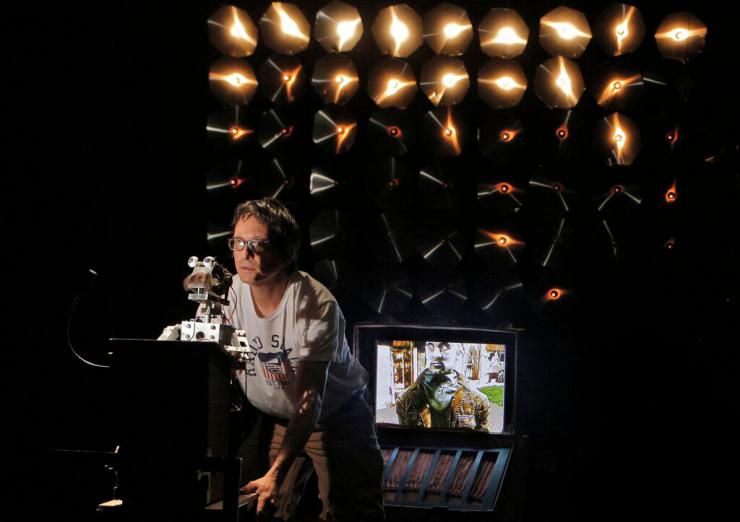
Bertie Ferdman: How did you get the idea of starting a brand new festival?
Ilan Bachrach: I was on tour with Nature Theatre of Oklahoma’s Life and Times. I came back in the summer of 2012 and there was a letter under my door from my landlord saying “Your rent is now twice as much. Here is your new lease.”
It was super illegal, but I was also only home for two weeks and the next time I was coming back was going to be November, so I didn’t have time to do anything about it. I didn’t want to leave my apartment empty while I was dealing with this. So I packed up all my stuff and moved it to Great Barrington, where my folks live.
When I came back, we had just premiered Episode 3 and 4 of Life and Times. There were no microphones in that show and we were playing to pretty big houses, so it was a new thing for my voice. I needed to rehearse and I was up here with my stuff in Great Barrington and rehearsing in a living room wasn’t working out. I didn’t have to exert the same amount of energy in my living room as I did in a big theatre. I remembered a theatre down the road and drove down there. It’s part of Bard College at Simon’s Rock, and I started rehearsing in there.
Bertie: Without asking anybody?
Ilan: Yes. I went into the theatre, which was open, and I couldn’t find anyone there, so I just walked in. Eventually, Sandy Cleary, who is the Director of that whole art center came in and asked who I was and what I was doing. It turned out she knew exactly what I as working on and knew all about Life and Times, and she was super excited that I was doing that there. She let me rehearse and we became friends. When I got back from the final leg of tour, we were hanging out over the winter and chatting about performance and I told her how I’d always dreamt about doing a theatre festival in Great Barrington.
Bertie: Were there no other festivals around?
Ilan: Not that present cutting edge work. The performance offerings in the Berkshires, for the most part, are not particularly contemporary. There are Shakespeare companies and some present new plays, but they are all still very much doing plays. There are a couple of other places which present pre-Broadway plays or regional versions of musicals.
Bertie: It’s not very common that actors go on to become programmers and festival directors, but it seems like the trend is growing. There’s Robert Redford and Sundance.
Ilan: I am the Robert Redford of experimental theatre. (Laughs).
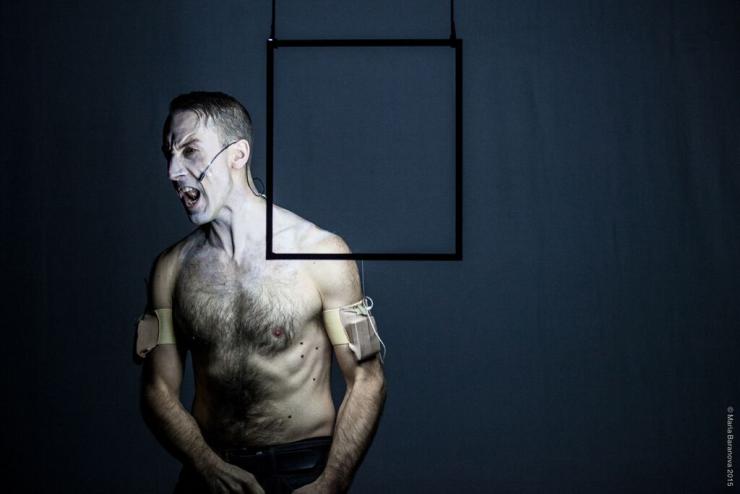
Bertie: It is a huge endeavour and responsibility to start a festival from scratch. How did you do it?
Ilan: I started with Simon’s Rock and with Sandy Cleary saying, “You have a month.” It’s not for free, but they heavily subsidized it and they still do, and I am incredibly grateful for that support. I asked myself: what is three weeks of contemporary performance in the middle of summer? I thought about the shows I had seen that year that really blew my mind and that was Radiohole’s play Inflatable Frankenstein and Half Straddle’s Seagull (Thinking of you).
Bertie: What drew you to these pieces in particular?
Ilan: My criteria for liking performance is kind of my criteria for liking all art which is: Is it infectious? Does it get me excited? When I see it, do I want to jump up and do that?
My criteria for liking performance is kind of my criteria for liking all art which is: Is it infectious? Does it get me excited? When I see it, do I want to jump up and do that?
Bertie: I am curious about the festival’s logistics. How do you even begin to deal with all the production needs like artist accomodations, food, etc.?
Ilan: Right. It’s crazy. The great thing about Simon’s Rock is that they are a college campus and they run rentals all summer. So part of what they are able to provide us is not only an amazing art center that is well equipped, but also dormitories, and a cafeteria that is already operating for other renters who are there concurrently.
Bertie: It’s ideal.
Ilan: It’s like a dream come true. For the artists who come up, it’s like going to summer camp—it’s really cool. And I think that vibe also rubs off on the audience—it becomes this pop-up community.
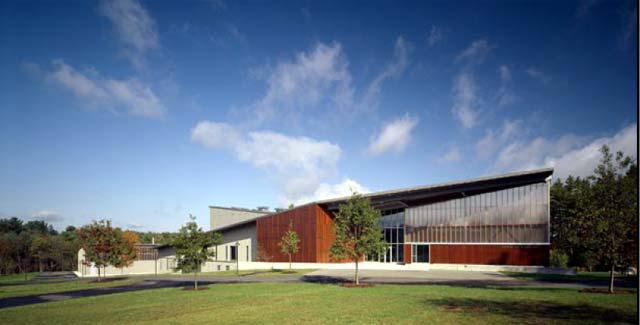
Bertie: Who is your audience?
Ilan: The Berkshires has been a cultural destination for so many centuries that there are two kinds of people here. There’s the normal population—the people who live here permanently—and then there are the people who own summer homes which is at least equivalent to that number.
Many of the people who come here in the summer are attracted to its vast cultural offerings. So the audience that’s built in is a highly educated audience of art lovers. For the people that are here already, it’s the same deal. They have been surrounded by these amazing cultural institutions for their entire lives and are usually open to be shown something different.
Bertie: I see from your brochure you have workshops, artist residencies, a gallery, and evening shows. Tell me a little bit about the layering of the programming.
Ilan: It’s kind of twofold. In one way, it’s so we can include as many people from the community as possible— that’s what the free events are about—so that if people don’t have $10, $20 or $30, to spend on a ticket they will still have something to see. The other factor is timing—if they have something going on in the evening, then they can come see things during the day, like the gallery, which this year has Daniel Fish’s video installation and NTUSA’s drawings.
Bertie: What kind of audience engagement activities do you have?
Ilan: I personally hate talk-backs. They never seem like an actually productive conversation. But the intention is really important and since it is a new kind of work that is happening here, I want people to have the opportunity to talk about the work and ask the artists questions. Instead of the traditional talk-back format, we have a barbecue and invite the audience to join after each show.
Bertie: So if they want to stay they can, or if they don’t they leave.
Ilan: That’s right. One of our sponsors is a local butcher and ever year he donates a cow and that cow is ground up into burgers and it’s the most delicious, freshest hamburger you’ll ever have in your life because it was slaughtered a couple days before the festival.
And it’s usually me who is cooking the burgers and it’s some of the interns that are serving the beer and tending the bar. The idea is to give everyone an opportunity to hang out and allow them to ask the questions they want to ask in a low pressure environment.
Bertie: It gives people the chance to get to know the work in a way more intimate way.
Ilan: Exactly. The burgers come from the local butcher, and the beer comes from the local brewery, and everything that we serve is made in the Berkshires. There is this huge local food movement that is happening here. It’s a big thing with restaurants now that have their own farms or buy from local farmers. There is a lot of pride in the Berkshires about what we make.
I wanted Mass Live Arts to contribute to that ‘Made in the Berkshires’ economy.
I wanted Mass Live Arts to contribute to that “Made in the Berkshires” economy. The same principle guides our residencies and commissions. Our commissions, House of Dance in the first year, Dream of the Red Chamber in the second, Andrew’s show, all of that, wherever it goes, is a “commission of Mass Live Arts” and was “Made in the Berkshires.” I am super proud of that. And that work tours around the world. So everywhere those pieces go, people see that it was made here in the Berkshires. I want to continue to contribute that to the community here.
Bertie: The festival is called Mass Live Arts, so you’ve chosen not to use the word “performance” or “theatre” in the title. You are highlighting the “live.” Are you looking into curating performances that go beyond the theatre building or that challenge the traditional use of the space?
Ilan: Absolutely. I think one throughline with our presented work is that it all has to do with the audience. All of these artists are dealing with their relationship to the audience in a different way. For Faye Driscoll’s show last year, Thank you for Coming, at ten minutes the whole wall comes up and there is another side where the outside opens. She did things in that space that were not physically possible at St. Marks Church in New York City. When it came here, there were just even more revelations that were able to happen because of the flexibility of the space.
In the future, we definitely want to start doing programming that extends outside the theatre building.
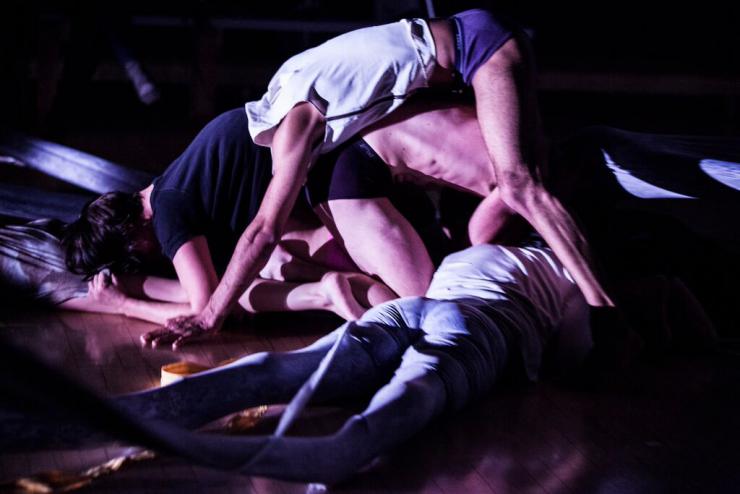
Bertie: Phil Soltanoff is heading the Mass Live Arts (MLA) Institute. Tell us about that and his leadership.
Ilan: The MLA Institute is a program that we started this year. Phil will lead a month of training that culminates in a showing of what he made with the participants. Instead of having interns, we have Institute participants who come to do these workshops and they spend half the day training with Phil, and the other half of the day working alongside our festival artists and making those shows happen. The idea is to contribute to the next generation of performance makers by introducing them to the best people who are making work now, and by educating them at the same time.
Bertie: How do you envision the festival growing?
Ilan: In an ideal world we run a season that is all summer long and support residencies all fall, winter, and spring. During the off season, I’d love to have artists come and develop work, premiere that work in the city, and then come up later that summer and show it here. Another dream would be to grow the Institute and make a dent on the next generation of performance makers. My hope with Mass Live Arts is to show that Massachusetts cares about performance by creating a place that is dedicated to just that.

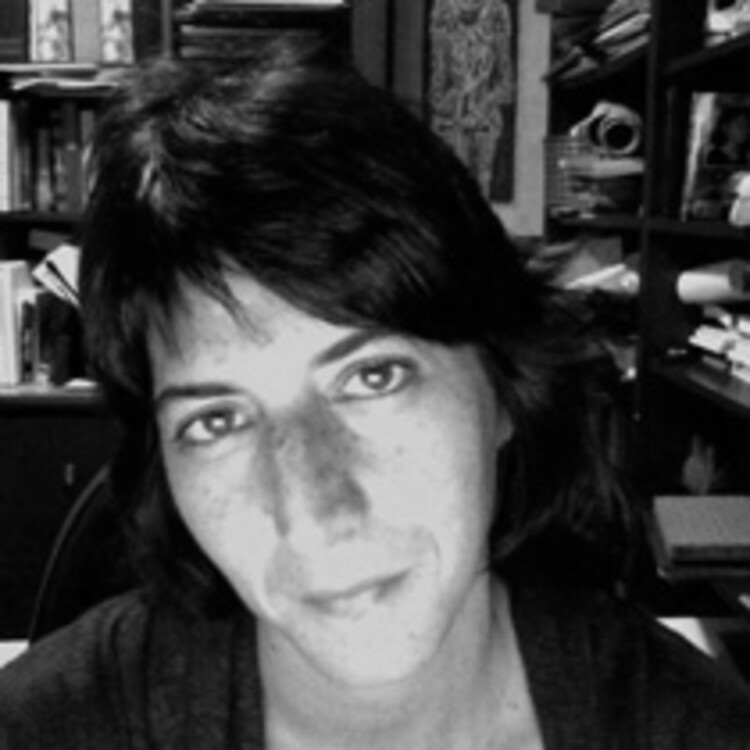
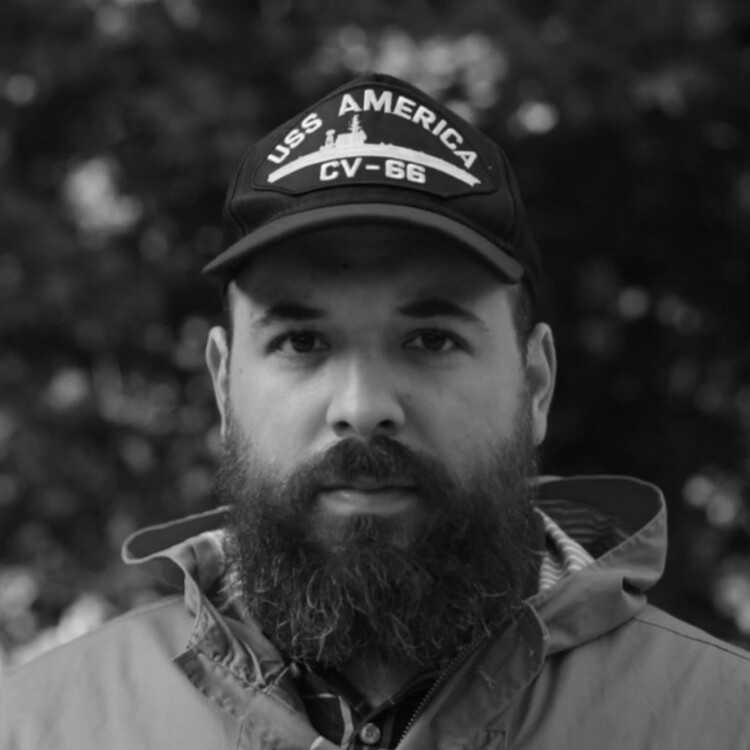




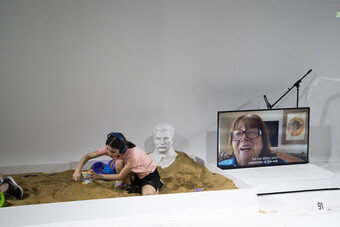


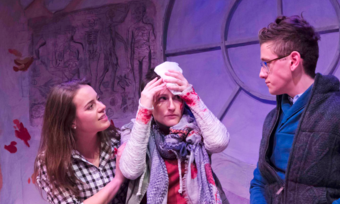


Comments
The article is just the start of the conversation—we want to know what you think about this subject, too! HowlRound is a space for knowledge-sharing, and we welcome spirited, thoughtful, and on-topic dialogue. Find our full comments policy here
going to see YOUARENOWHERE next week / can't waaaaait